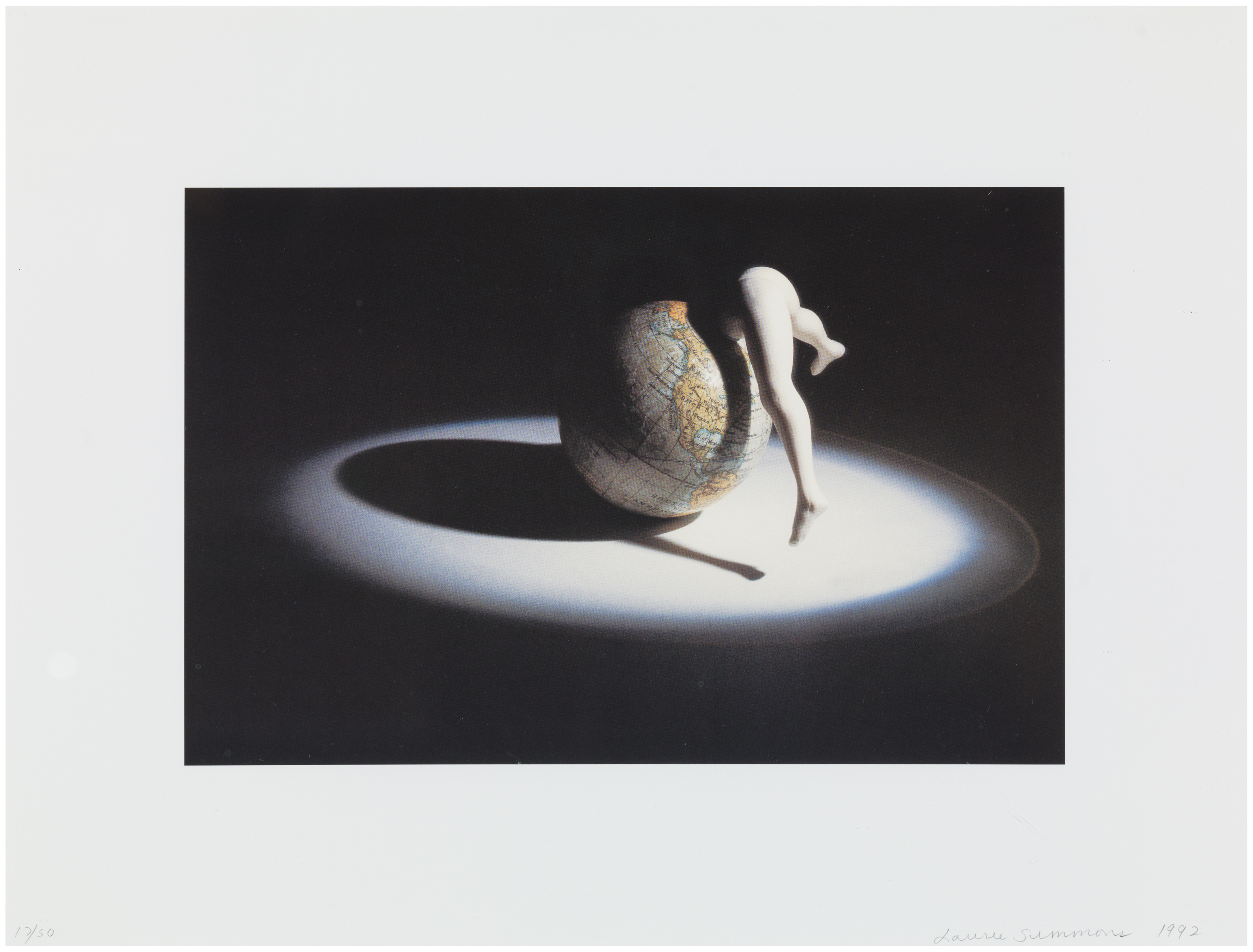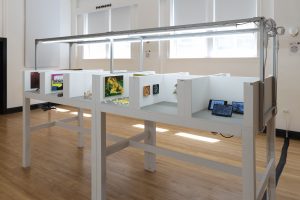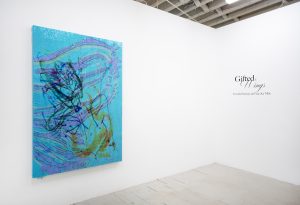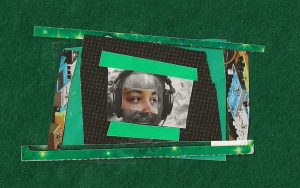When I go to an art museum, I tend to be the type of person that stays a few hours too long. I arrive at the museum when it opens, and leave when it closes. Although most visitors do not put themselves through this rigorous stampede of images that for me always ends with an exhausting—but nevertheless satisfying—experience, most art museum-goers can relate to this kind of visual fatigue that often comes with the occasional visit, no matter how enjoyable the art. This is how I felt when I came across the breath of fresh air that was the exhibition Woman with a Camera at the Museum of Contemporary Art (MCA) last month.
The exhibition was located on the fourth floor of the museum, and I stumbled up the stairs to find an intimate, yellow space filled with photographs from powerful female icons on the forefront of photography such as Marina Abramović and Laurie Simmons, alongside work by artists I did not recognize, but will not soon forget. I was both pleasantly surprised and struck by the amount of equal force in all of the works, including lesser-known artists like Anne Collier, whose photograph “Man with a Camera” inspired the exhibition’s name.
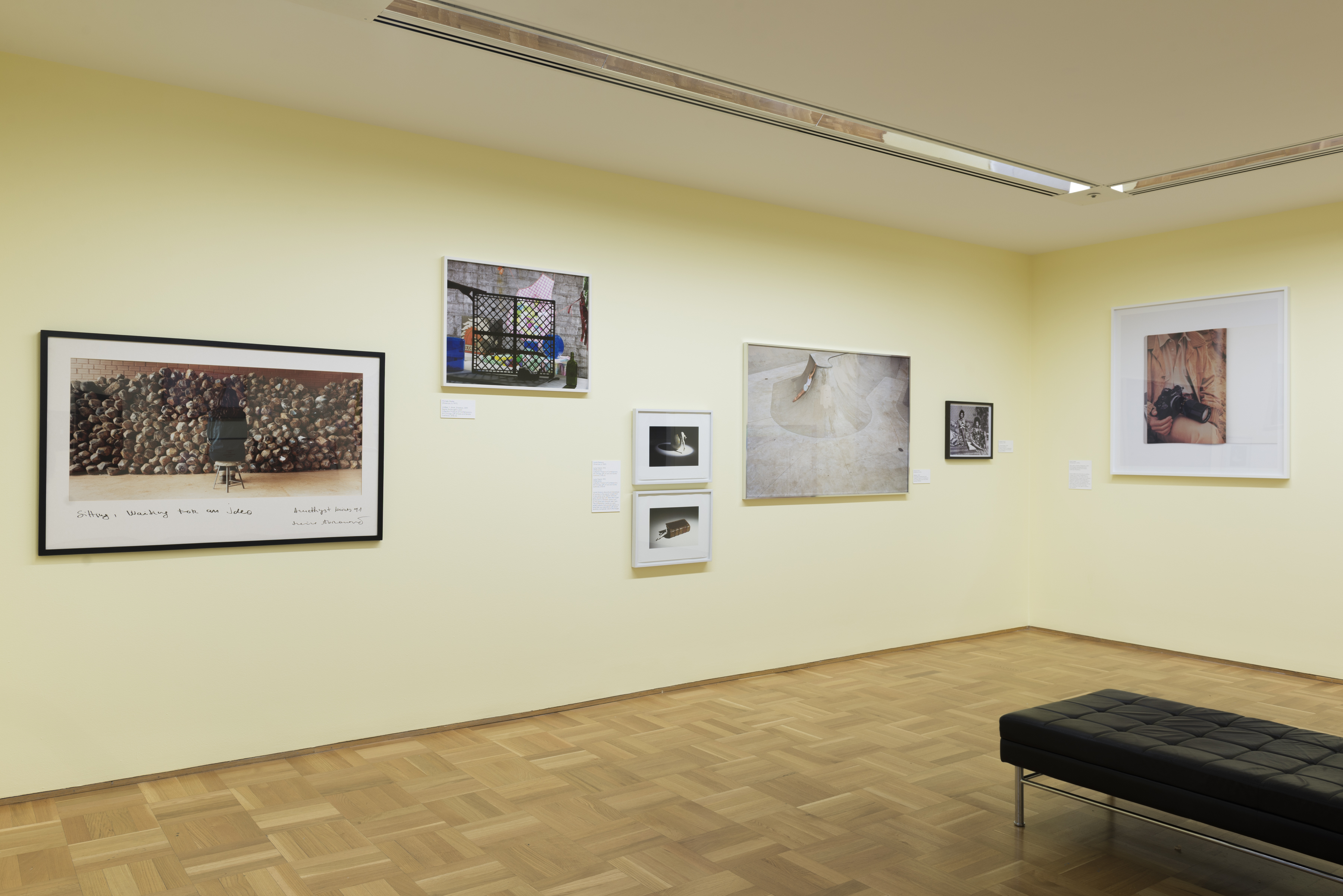
The single room that held the exhibition provided a perfect amount of breathing room while allowing the viewer to become immersed in the photographs, both as a collection and as individual pieces. The works were shown in a non-linear, almost salon-style display, which created an interesting chance for the viewer’s perspective of each piece to be confronted with alternative pairings as well as provocative overlap and connections between the works. Each photograph’s meaning was not contingent on the next, but instead gave a nod to the following artist, giving space for the viewer to recognize what each piece brings to the table. These photographs fell into one of three themes in the exhibition: body/self, image/ideology, and space/place.
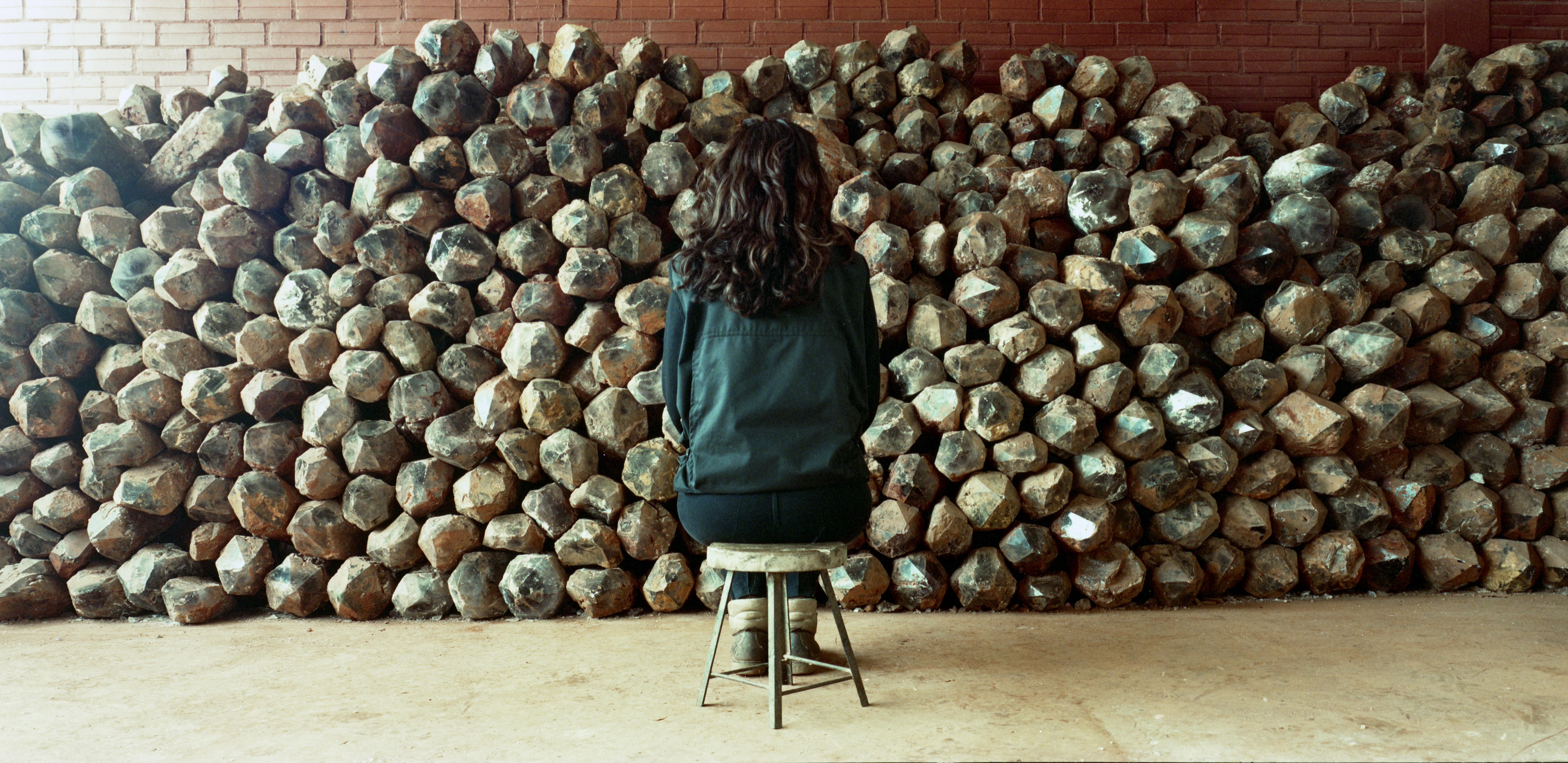
Nina Wexelblatt, curator of Woman with a Camera, offers us insight into the exhibition:
“Though all the work in the show was made by women artists, it was important to me not to make an essentializing argument about the nature of women’s capabilities, interests, or aesthetics. For example, the show was bookended by two very different images of bodies seen from behind: to start, Marina Abramović’s Waiting for an Idea, which gently lampoons the idea of conceptual art as she “waits” for crystals to give her inspiration, and to end, Emily Jacir’s Mahmoud from the series Where we come from, which finds the artist waiting in line to actively fulfill a promise that is both personal and political.”
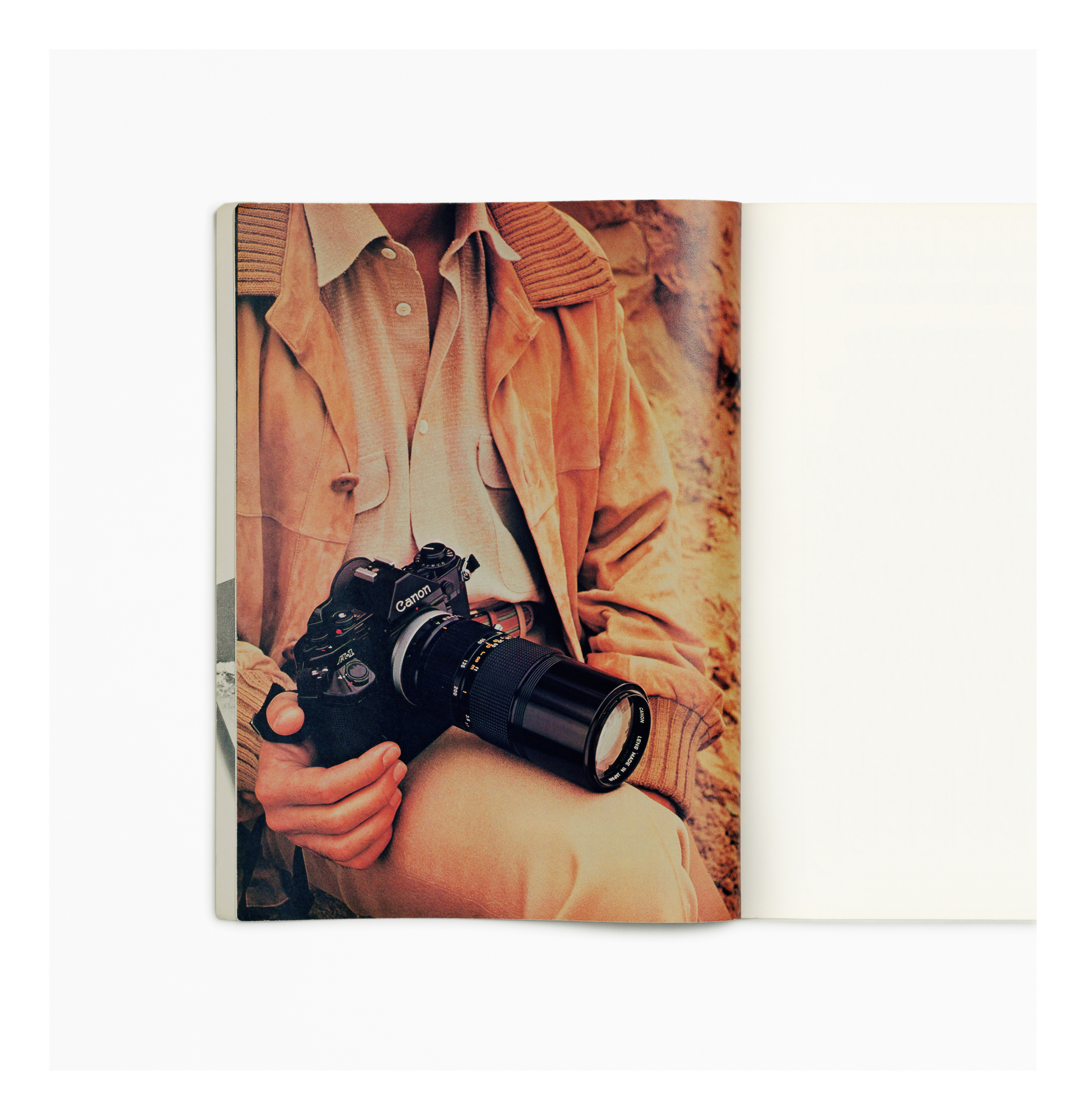
One photograph that quickly drew my attention is the previously mentioned “Man with a Camera” by Anne Collier. The photograph shows a close up of a camera in a man’s lap, dangerously close to and mimicking the phallic underneath. This references the authoritative and objectifying gaze of the male artist, but also the power embedded in the author of an image. The context behind a single image can change its entire meaning. This particular photograph led me to think: how does seeing images through the lens of the photographer alter our perception? What happens to our perception of the self if a man’s authority constantly creates this image?
Moving through the exhibition, the photograph “Themes and the Island, from ‘Rape of the Sabine Women,” by Eve Sussman haunted my gaze as the woman in the photograph sat staring vacantly yet intently off camera into a place we cannot see. The ethereal qualities of the photo gave an eerie backdrop to my own reflection, which appeared like a ghost in the glass covering the image, inserting me into the narrative of historical sexism embodied in this allegory. Close by on the opposing wall was a personal favorite of mine by Carrie Mae Weems, whose triptych piece titled “Congo Ibo Mandingo Togo,” was hung below eye level, forcing me to lean in closer and examine the details of the documents of slavery the artist has presented.
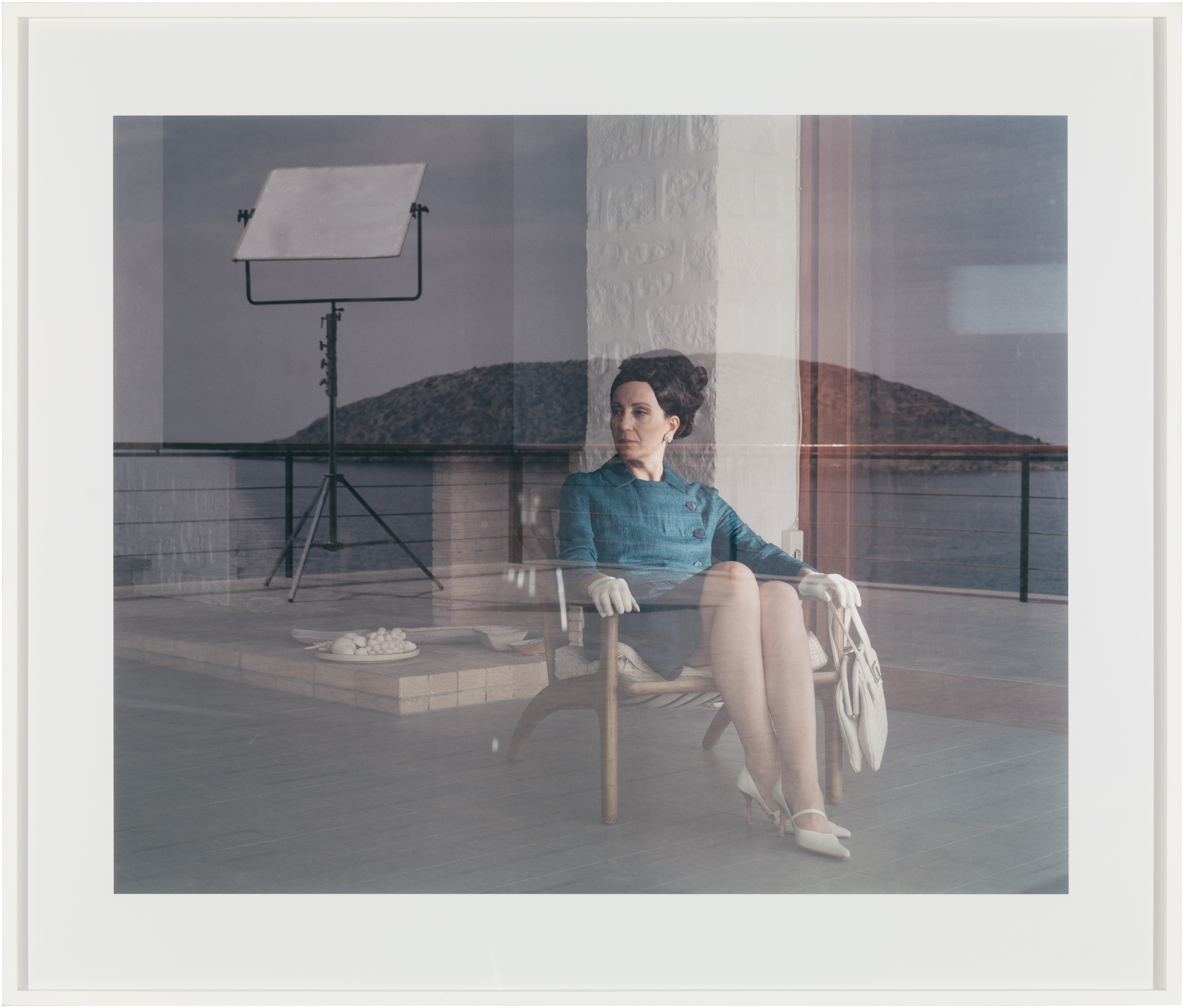
As opposed to the white wall of a traditional gallery space, the walls of the Woman with a Camera are painted an interesting pale yellow, which, for me, naturally conjured thoughts of The Yellow Wallpaper by Charlotte Perkins Gilman, a story about a woman’s plummet into madness after being physically and mentally trapped, ultimately being denied the right to express herself. Although not the original intention, this correlation works beautifully with the exhibition as I experienced each photograph as a stake in the ground making its claim; a profession from the artist carving out a space for their voice, their view from their perspective, their camera. Having such a diverse range of works in a relatively small space could have easily caused each individual voice to become lost in the crowd, but instead, new narratives were formed, or rather, given the space to be birthed.
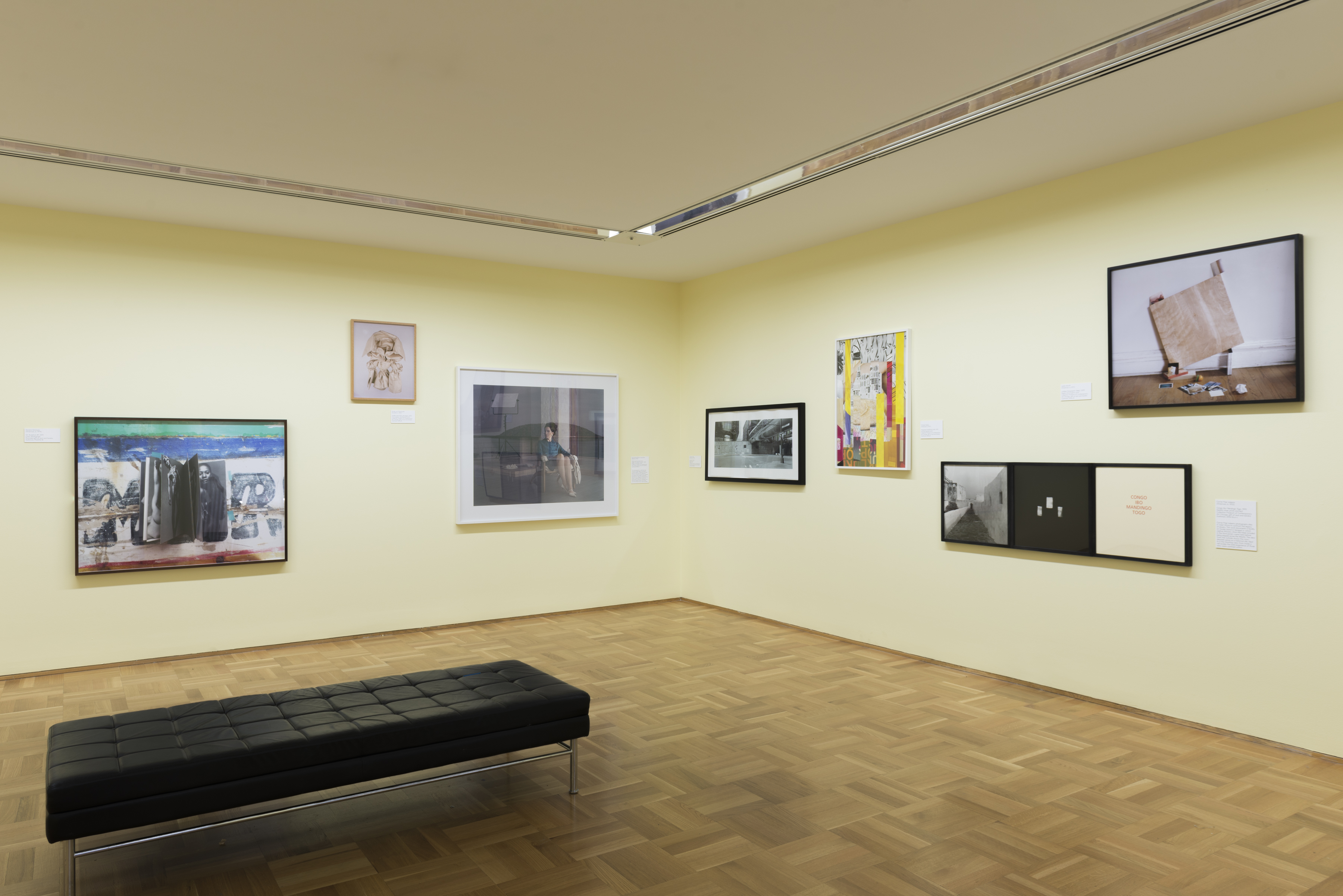
Featured Image: Laurie Simmons. Lying Objects, 1992. Offset photo. Collection Museum of Contemporary Art Chicago, gift of Jack and Sandra Guthman, 2016.50. Photo: Nathan Keay, © MCA Chicago. This photo shows a globe with doll legs coming out of the top. Image provided by the MCA Chicago.

 Christina Nafziger is a freelance writer with a background working in curation, arts administration, and community outreach. Originally from Indianapolis, she recently earned an M.A. in Contemporary Art Theory from Goldsmiths University of London. Her area of research focuses on gender studies, performativity, virtual identity, and cyborg culture.
Christina Nafziger is a freelance writer with a background working in curation, arts administration, and community outreach. Originally from Indianapolis, she recently earned an M.A. in Contemporary Art Theory from Goldsmiths University of London. Her area of research focuses on gender studies, performativity, virtual identity, and cyborg culture.
